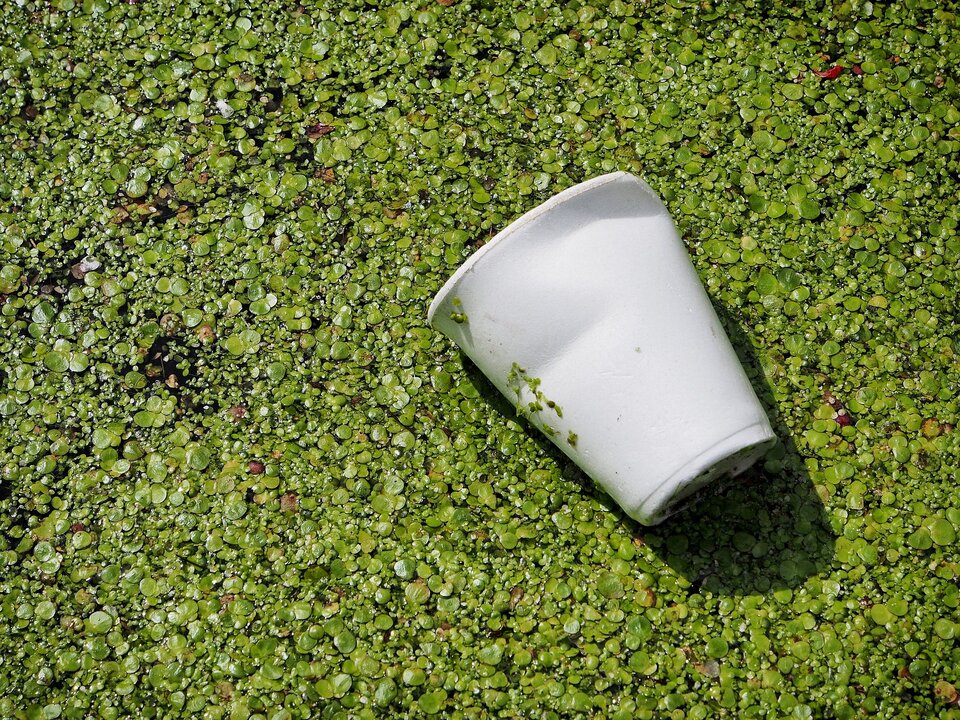Sustainability concerns will continue to drive the priorities of the packaging industry this year, with a focus on carbon emissions and reducing the environmental impact of waste, according to trend forecaster WGSN.
In a report, WGSN senior trend forecaster for packaging Katie Raath said sustainability remains the top priority of the industry and brands as they strive to reduce emissions and tackle issues with “forever waste” and fossil fuel-based materials.
Raath identified forgoing forever waste among the five key packaging directions which involves reducing the environmental impact of packaging’s end-of-life stage through intelligent materials choice.
“Globally, we produce twice as much plastic packaging waste than 20 years ago, with the vast majority ending in landfill, where it takes up to 450 years to decompose and only 9% successfully recycled,” she said.
Raath said 2023 will see a huge movement away from ‘forever waste’ materials, such as fossil fuel-based plastics.
This will take the form of alternative bioplastics, a shift towards fiber-based alternatives to plastic packaging, while alternative organic materials will also come to the fore, she added.
Raath said other key packaging directions this year are Less is more involving reducing impact by lightweighting and downsizing and eliminating excess; Net-zero normalized or bringing down carbon emissions to meet pledged sustainability targets by 2024; Paper where possible in which fiber-based options will be the star materials of 2023; and Refill and reuse go mainstream in which reusable and refillable packaging will roll out at scale, prompted by legislation around single-use plastic waste.
“The most effective way to reduce packaging waste is to eliminate unnecessary packaging altogether,” she said.
Raath said this year will see a big push towards eliminating unnecessary packaging elements and rightsizing of packaging and adapting products to water-free formulas.
She advised industry players and brands to explore waterless formats for products to hugely reduce the volume and weight of packaging required, and simplify and minimize packaging elements.
“2023 will see packaging manufacturers and brands attack the issue of carbon emissions from a variety of angles - such as power sources, materials, formats and engineering- as manufacturers work towards net-zero packaging,” she added.
Raath underscored the need to switch at least part of packaging supply to manufacturers who are using green energy, and minimize unnecessary secondary packaging on brand and choosing lightweight and lower-impact materials for primary packs.
“Paper will be the star packaging material of 2023, offering a variety of environmental benefits compared to plastic and aluminium alternatives, given its lower carbon emissions and easy biodegradability even in landfill conditions,” she said.
Raath said 2023 will also see an increasing focus on transforming packaging into a circular economy that seeks to eliminate waste by retaining materials within the system.
“Refill and reuse packaging schemes will become commonplace as consumers gravitate towards brands that prioritize sustainable packaging,” she said.
Packaging that can be refilled at home has great potential to build brand loyalty with highly desirable forever packaging and subscription model refills, she added.
Raath said brand-owned reusable packaging schemes for e-commerce and food delivery will also hit a tipping point.
Meanwhile, access to the WGSN report was facilitated by the Design Center of the Philippines.
Source: PHILEXPORT News and Features
January 16, 2023













